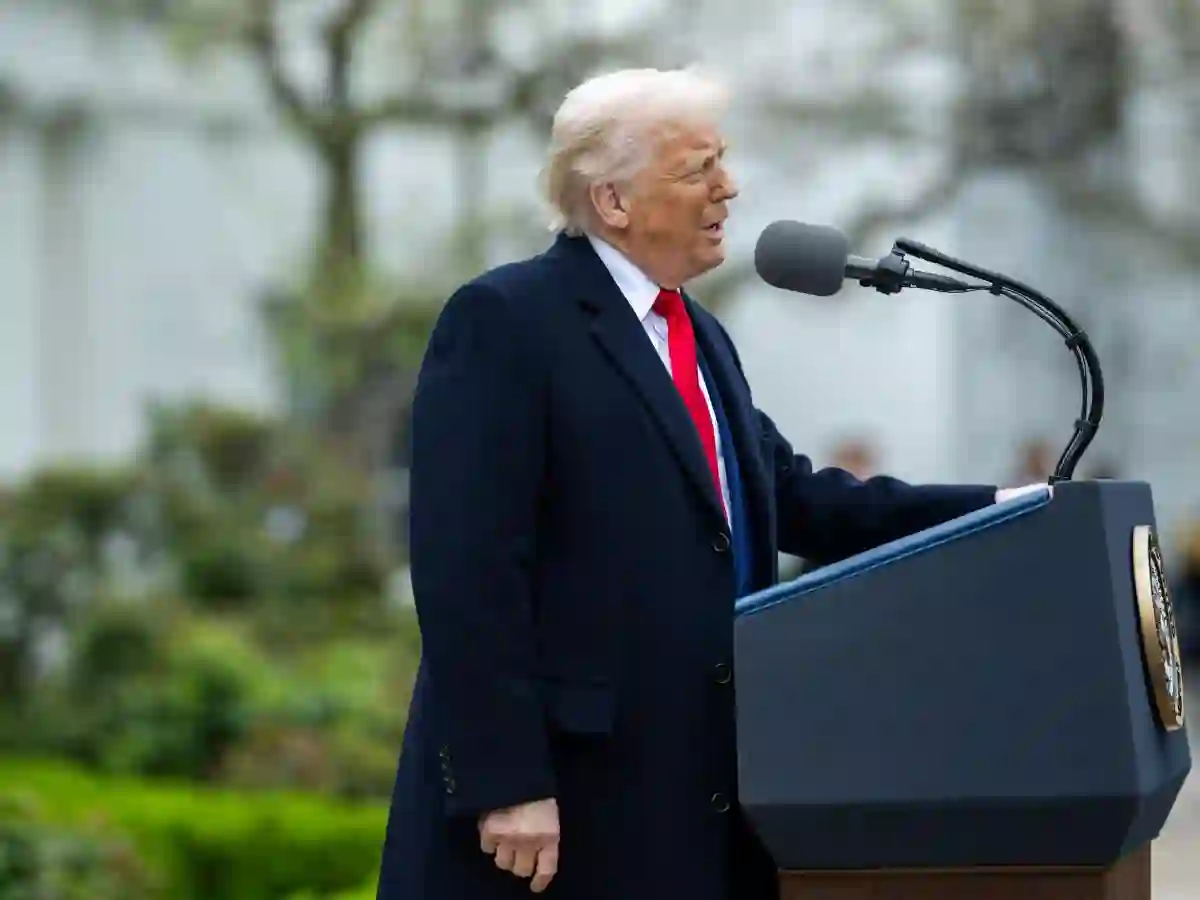In a surprising pivot from his earlier hands-off approach, former President Donald Trump is now stepping firmly into the Ukraine-Russia conflict spotlight.
After meeting with NATO Secretary General Mark Rutte, Trump made headlines by warning that the U.S. will slap Russia with tough sanctions—unless Moscow agrees to negotiate peace within the next 50 days.
This announcement marks a major shift in tone and policy, especially considering Trump’s previous reluctance to take sides or escalate U.S. involvement in the war.
Sanctions Threatened if Peace Talks Don’t Happen
Trump laid out a high-stakes ultimatum: if Russia doesn’t come to the table for serious peace negotiations soon, the U.S. will impose secondary tariffs of up to 100% on Moscow and any countries helping it economically.
He dismissed the idea of going as far as 500% tariffs, calling that “unrealistic,” but made it clear that he wants to use economic pressure as a tool to bring about de-escalation.
Trump’s New Promise: Arm NATO to Arm Ukraine
In another notable shift, Trump pledged to accelerate arms sales to NATO allies, with the goal of those weapons being passed on to Ukraine.
This marks a dramatic departure from his earlier position, where he only supported giving Ukraine defensive equipment.
As Axios put it, “Trump has now cracked open the American arsenal.”
The Washington Post even suggested that Putin misread Trump’s intentions, and may soon face consequences for doing so.
Global Media Reacts to Trump’s Sudden Hardball Tactics
Reactions to Trump’s announcement came quickly from media outlets around the world.
Some praised his boldness, with The Washington Post noting that his strategy could win him international accolades if it leads to peace—possibly even the Nobel Peace Prize.
Others, like Fox News, emphasized Trump’s insistence that U.S. taxpayers won’t be footing the entire Ukraine bill anymore.
“The days of unlimited U.S. dollars flowing into Ukraine are over,” the network stated.
Still, several analysts noted that while the plan sounds aggressive, the details remain murky.
Sky News pointed out the ambiguity in Trump’s messaging, while CNN felt the lack of tougher action on Russia still left Ukraine in a vulnerable spot.
Critics Warn of Risks and Uncertainty
Some observers argue that Trump may be boxing himself into a corner.
Responsible Statecraft cautioned that by setting a 50-day deadline, Trump could be limiting his own negotiating options down the line—especially if Moscow calls his bluff.
Others, like Der Spiegel, said Trump had the legal means to strike Russia harder but held back, possibly giving the Kremlin more breathing room.
A more biting comment from Geopolitika claimed Trump’s dramatic threats amounted to little: “The mountain gave birth to a mouse.”
What Russian Analysts Are Saying
Over in Russia, some commentators view Trump’s approach as less about ending the war and more about avoiding responsibility for it.
Military correspondent Alexander Kots suggested Trump is carefully balancing between U.S. hawks and European allies who are hesitant to lose to Moscow.
According to Kots, Trump’s real strategy is to pass the financial burden of Ukraine’s defense onto NATO.
By pushing member countries to raise their military spending to 5% of GDP, he’s made it clear that America won’t keep bankrolling what he sees as “Biden’s war.”
Trump’s Gamble: Tough Talk or Calculated Diplomacy?
Whether this is a genuine diplomatic play or political posturing ahead of an election season, Trump’s stance has definitely stirred the pot.
From declaring harsh tariffs to coordinating weapons deliveries, he’s trying to signal strength—both to Putin and to NATO allies.
The next 50 days could reveal whether this new approach brings Moscow to the negotiating table or simply deepens the divide.
Either way, it’s clear that Trump’s Ukraine policy has taken a sharp and unexpected turn.
